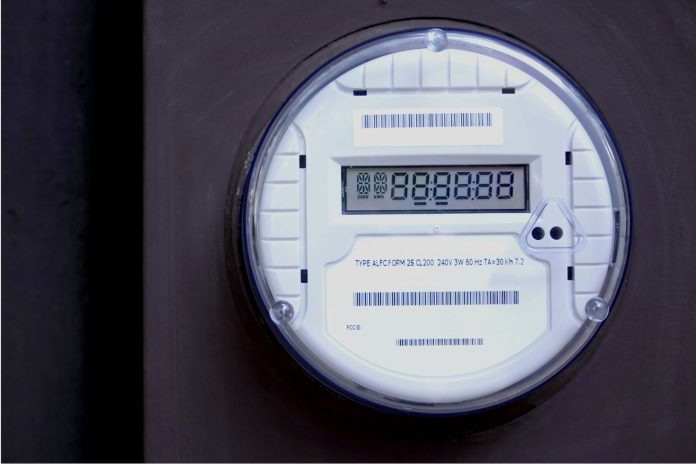A total of 572.3 million smart electricity meters are forecast to be deployed in China, India, Japan and South Korea during the 2021–2025 period, according to a new study by IoT research firm Berg Insight.
At the end of 2019, the overall smart meter penetration stood at 69% in these markets, corresponding to an installed base of 653.3 million units.
While China has already completed first-wave rollouts, Japan and South Korea will be the next markets to reach nationwide coverage with likely completion in the next 3–4 years, according to the report.
Berg Insight also noted that India had only reached a penetration of around 1% at the end of 2020 but is expected to be the main driver behind overall smart meter penetration growth in Asia-Pacific in the coming years. Berg Insight forecasts that the Indian market will experience a compound annual growth rate of 76.2% during the forecast period and account for as much as 15–20% of smart meter shipments in Asia in 2025.
The Chinese market is expected to account for 70–80% of smart electricity meter demand across Asia in the next few years with refreshment rounds to replace early smart meter installations now beginning at a larger scale in the country.
This demand in China continues to be served entirely by domestic manufacturers of which many have now grown to match the largest global smart metering players in terms of output and revenues, according to the report. “More advanced meter requirements along with growing demand for new use cases in the domestic market are now also strengthening the competitiveness of Chinese vendors in the global smart metering market” said Levi Ostling, smart metering analyst at Berg Insight.
Berg Insight also recently revealed that the penetration of smart electricity meters in North America reached 68% in 2020. Overall, the installed base of smart electricity meters will grow at a compound annual growth rate of 5.7% during 2019–2025 to reach a total of 153.8 million units at the end of the forecast period. Over the next five years, the penetration of smart meters in the U.S. will grow to reach a level of 84% while the respective figure for the more advanced Canadian market will reach 92%.
“First-wave deployments will continue to grow robustly over the next several years and will to a large extent be driven by the launch of major new projects by late adopters in Northeastern U.S. and Eastern Canada. Meanwhile, refreshment rounds for the early adopters have now gradually begun and will grow their share of annual shipment volumes from around 10% in 2020 to around 70% in 2025,” Ostling said.

